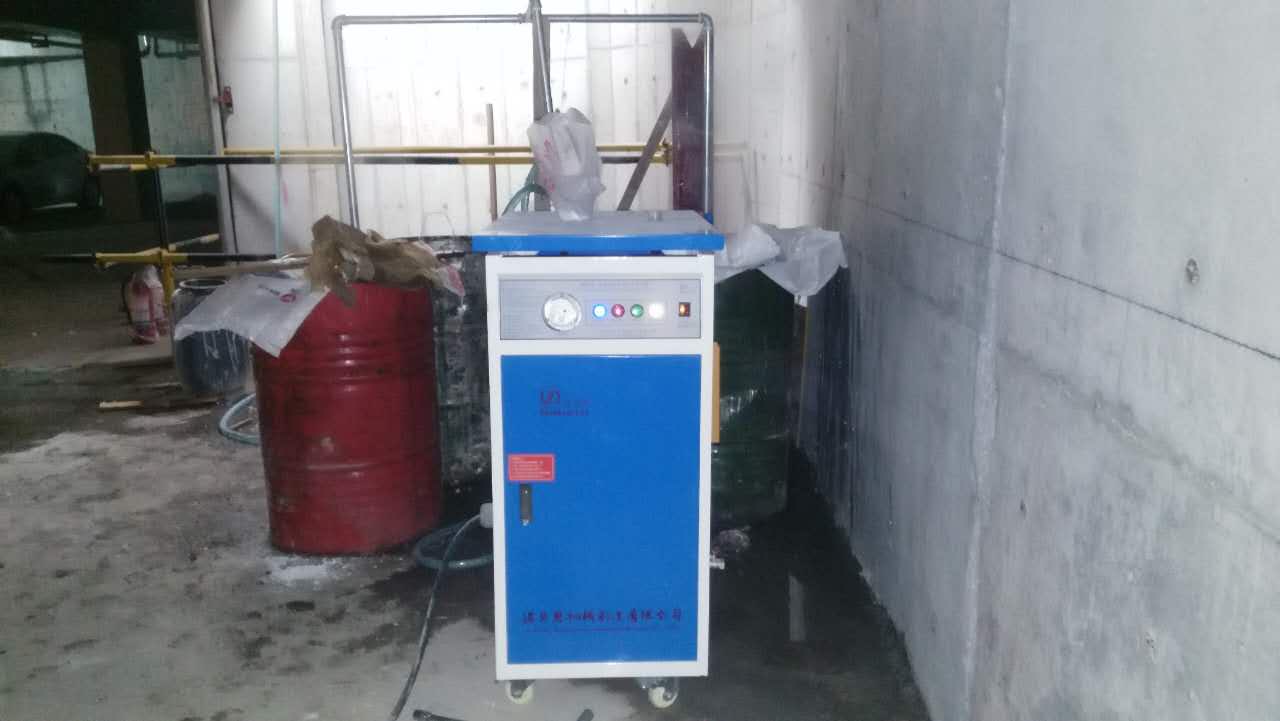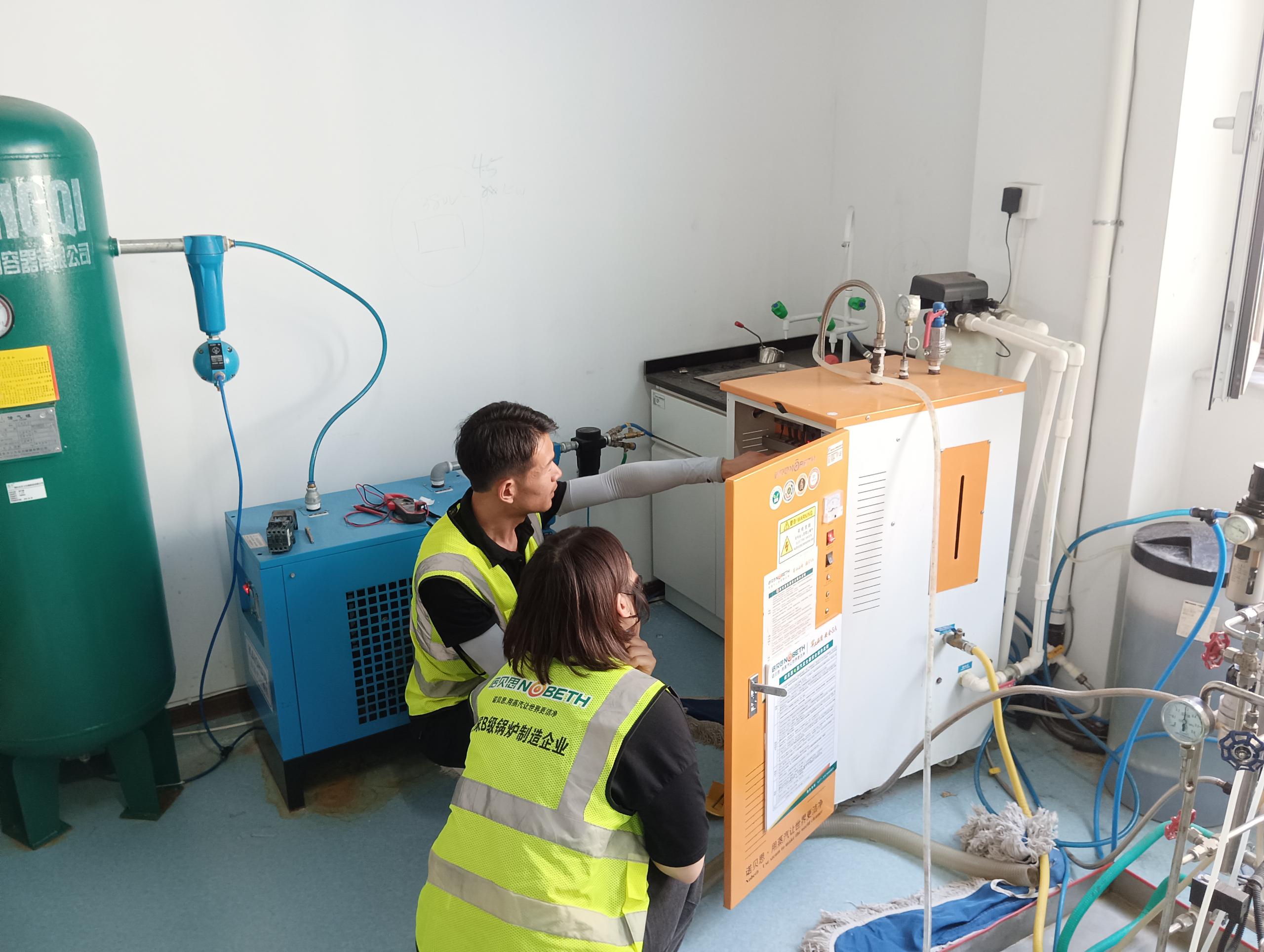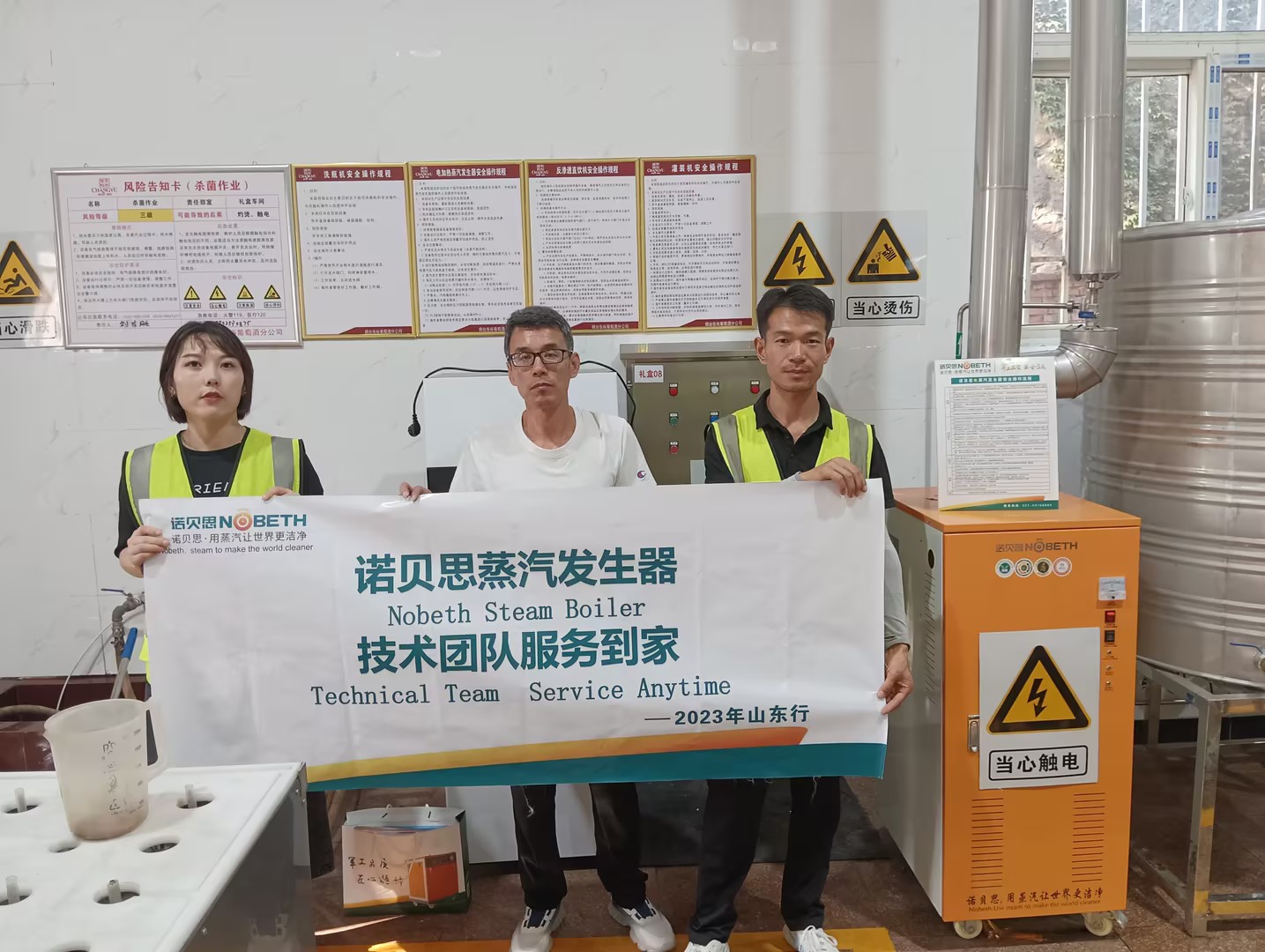Steam System Design of Large Ethylene Oxide Sterilizer
For disposable sterile medical devices in contact with human body or blood, correct sterilization is very important to the safety and effectiveness of the product.
For some items and materials that cannot withstand high temperature disinfection, large-scale ethylene oxide gas sterilizers are generally used. Ethylene oxide is non-corrosive to metals, has no residual odor, and can kill bacteria and their endospores, molds and fungi.
Ethylene oxide has excellent penetrability to packaging, and ethylene oxide has strong oxidizing properties, making it widely used in the sterilization of medical devices. The effects of ethylene oxide sterilization include temperature, humidity, pressure, sterilization time and the concentration of ethylene oxide. In ethylene oxide sterilization, the correct design of the steam system can ensure the temperature and humidity of the sterilization.
The temperature of ethylene oxide sterilization is generally 38°C-70°C, and the sterilization temperature of ethylene oxide is determined by different sterilization products and materials, packaging, product stacking, and the quantity of sterilized products.
The interlayer heating of the sterilizer uses hot water temperature to ensure the sterilization temperature, and the hot water temperature of the interlayer temperature is generally heated by steam, and sometimes the steam is sprayed into the water by direct mixing to increase the heating speed of the water and replace it. Hot turbulent state.

During start-up of the sterilizer, the process of heating and vacuuming causes changes in the relative humidity of the product being sterilized and the environment. Relative humidity is the ratio of the absolute humidity in the air to the saturated absolute humidity at the same temperature and pressure, and the result is a percentage. That is, it refers to the ratio of the mass of water vapor contained in a certain humid air to the mass of water vapor contained in saturated air at the same temperature and pressure, and this ratio is expressed as a percentage.
The interlayer heating of the sterilizer uses hot water temperature to ensure the sterilization temperature, and the hot water temperature of the interlayer temperature is generally heated by steam, and sometimes the steam is sprayed into the water by direct mixing to increase the heating speed of the water and replace it. Hot turbulent state.
During start-up of the sterilizer, the process of heating and vacuuming causes changes in the relative humidity of the product being sterilized and the environment. Relative humidity is the ratio of the absolute humidity in the air to the saturated absolute humidity at the same temperature and pressure, and the result is a percentage. That is to say, it refers to the ratio of the mass of water vapor contained in a certain humid air to the mass star of water vapor contained in saturated air at the same temperature and pressure, and this ratio is expressed as a percentage.

The humidity of the product and the dryness of microorganisms have a great influence on ethylene oxide sterilization. Generally, the sterilization humidity is controlled at 30%RH-80%RH. The humidity of ethylene oxide sterilization is clean and dry through dry steam injection. Steam humidification to control. Water in the steam will affect the humidification quality, and the wet steam will make the actual sterilization temperature of the product lower than the fire bacteria temperature requirement.
Especially the boiler water carried by the boiler, its water quality may contaminate the sterilized product. So it is usually very effective to use a Watt high-efficiency steam-water separator at the steam inlet.
The existence of air will have an additional impact on the sterilization temperature of the steam. When the air is mixed into the steam, once the air in the cabinet is not removed or not completely removed, because the air is a poor conductor of heat, the existence of the air will form a cold spot. Products with air attached cannot reach the sterilization temperature. However, in actual operation, the intermittent operation of humidifying steam makes the mixing of non-condensable gas difficult to control.
The steam distribution system of the ethylene oxide sterilizer includes multiple clean steam filters, high-efficiency steam-water separators, steam switching valves, steam pressure regulating valves and steam traps, etc. Also included are multi-stage thermostatic exhaust valves and non-condensable gas collection systems.
Compared with traditional steam sterilization, the steam load of ethylene oxide sterilization changes greatly, so the steam pressure reducing valve must consider sufficient flow adjustment range. For ethylene oxide sterilized steam humidification, lower pressure can speed up the diffusion and mixing of steam to ensure uniform humidity.
Disinfect and sterilize bags and bottles of liquid medicine, metal instruments, porcelain, glassware, surgical instruments, packaging materials, fabrics, dressings and other items. The design and installation of a correct and effective sterilization steam control system is critical to the quality of your product.
For medical equipment and product companies, there are many steam factors that affect ethylene oxide sterilization, including perfect steam system pressure, temperature design, and steam quality treatment devices. Reasonable steam system design can effectively guarantee the effectiveness and safety of large-scale ethylene oxide sterilization.
